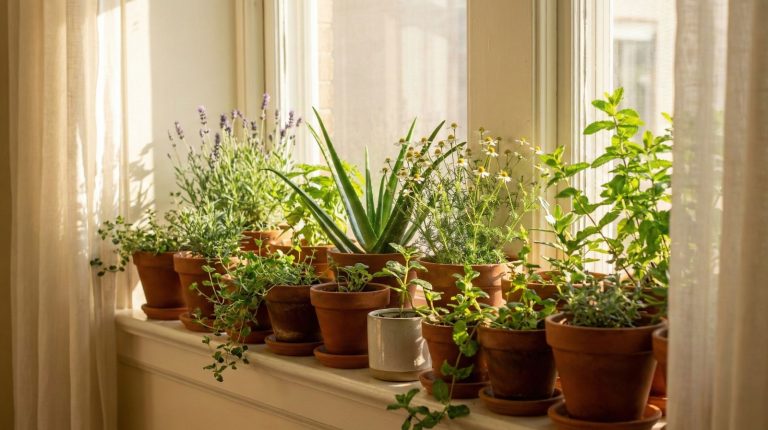We might think that our individual actions don’t make a difference when it comes to biodiversity conservation. But the truth is, every small step we take towards sustainable living can have a significant impact.
In this article, we will explore three tips that, when implemented collectively, can help preserve the rich tapestry of life on our planet.
By reducing our ecological footprint, promoting native plant species, and adopting environmentally-friendly practices, we can actively contribute to the protection of biodiversity and create a more sustainable future for all.
Reduce Your Ecological Footprint
In order to reduce our ecological footprint, we must make conscious choices to minimize our impact on the environment.
One important aspect of reducing our ecological footprint is through sustainable transportation options. By opting for public transportation, carpooling, biking, or walking, we can significantly decrease our carbon emissions and contribute to cleaner air quality.
Additionally, efficient energy consumption plays a crucial role in minimizing our ecological footprint. This can be achieved by using energy-efficient appliances, turning off lights and electronics when not in use, and utilizing natural light and ventilation whenever possible.
Promote Native Plant Species
To promote native plant species, we can actively incorporate them into our sustainable living practices. By doing so, we contribute to ecological restoration and create wildlife habitats. Here are four ways we can promote native plant species:
- Plant native species in our gardens and landscapes: Replace non-native plants with native ones to provide food and shelter for local wildlife.
- Support local nurseries and seed banks: Purchase native plants from local sources to ensure genetic diversity and support conservation efforts.
- Create pollinator-friendly habitats: Native plants attract pollinators like bees and butterflies, which play a crucial role in our ecosystems.
- Educate others about the benefits of native plants: Spread awareness about the importance of native plant species and inspire others to incorporate them into their own sustainable living practices.
Adopt Environmentally-Friendly Practices
By practicing environmentally-friendly behaviors, we actively contribute to biodiversity conservation through sustainable living. Adopting eco-friendly habits and implementing green living techniques can have a significant impact on our environment.
One way to do this is by reducing our consumption of single-use plastics. By using reusable water bottles and bags, we can reduce the amount of plastic waste that ends up in landfills and oceans, which can harm marine life.
Another important practice is conserving water by fixing leaks and using water-saving appliances. This helps preserve freshwater ecosystems and ensures the availability of clean water for future generations.
Additionally, we can reduce our carbon footprint by using public transportation, biking, or walking instead of driving when possible. These small changes in our daily lives can make a big difference in protecting and conserving biodiversity for a sustainable future.
Conclusion
In conclusion, by reducing our ecological footprint, promoting native plant species, and adopting environmentally-friendly practices, we can make a significant impact on biodiversity conservation.
Just like a flourishing garden relies on a variety of plants and careful tending, our planet’s biodiversity relies on our collective efforts.
Together, we can create a sustainable future where ecosystems thrive and the delicate balance of nature is preserved for future generations.
Let’s take action now and be the stewards of our planet’s biodiversity.




